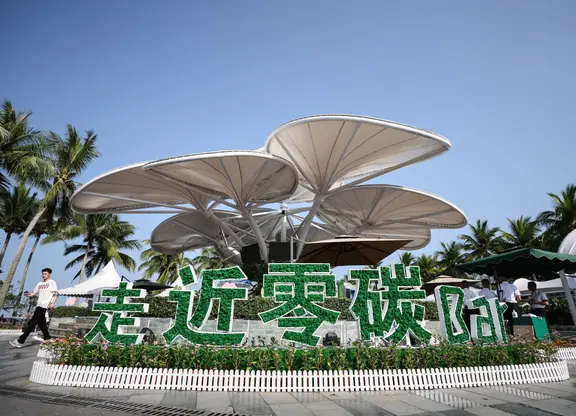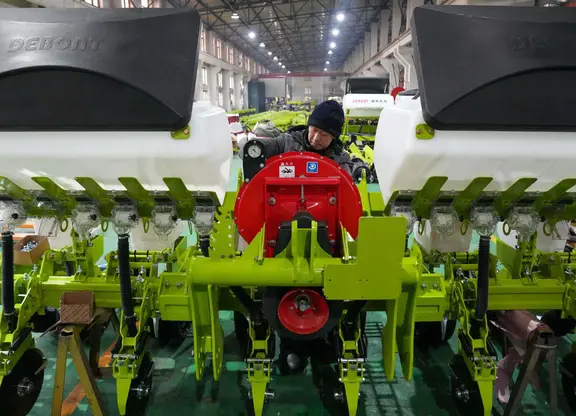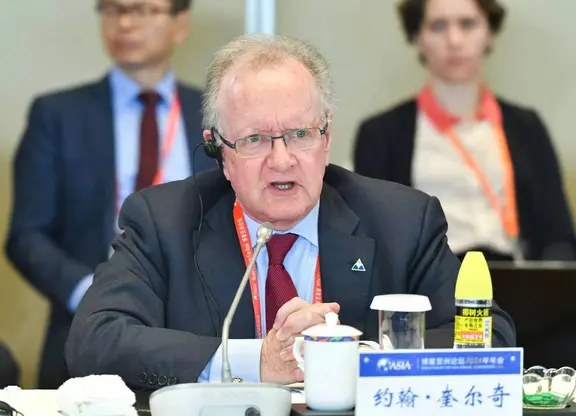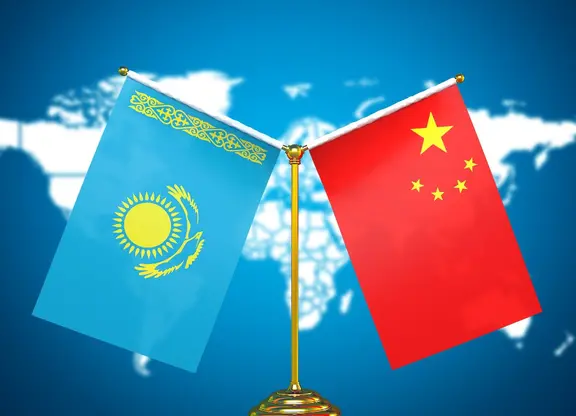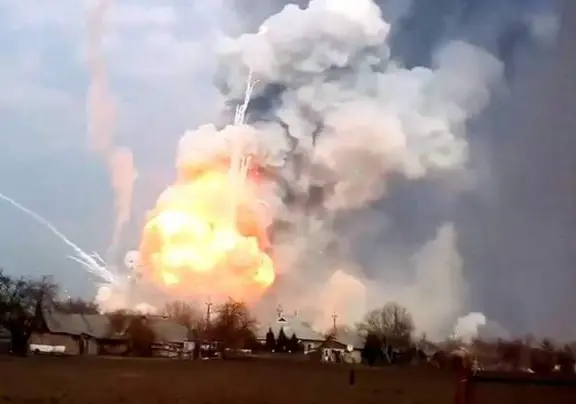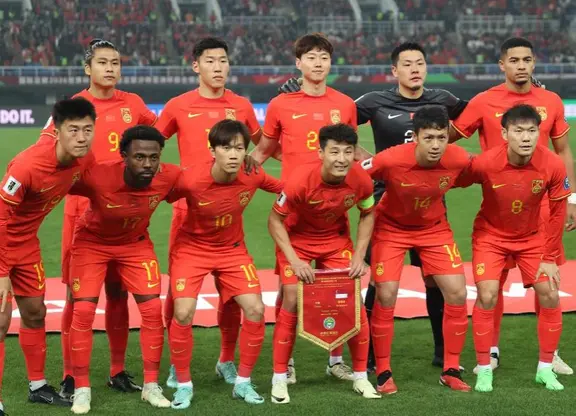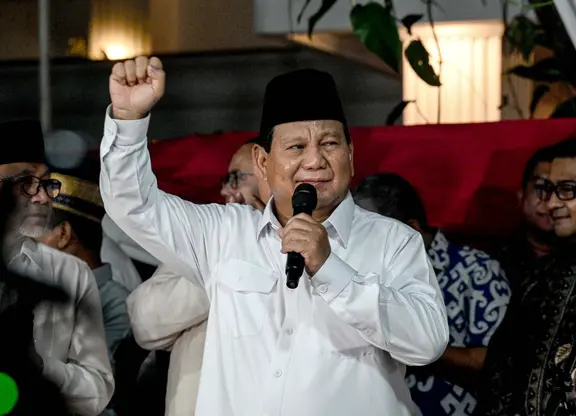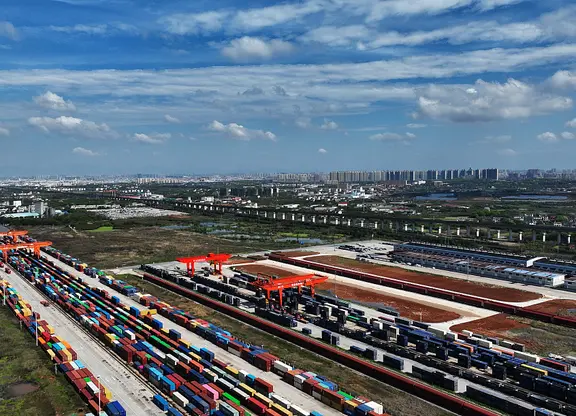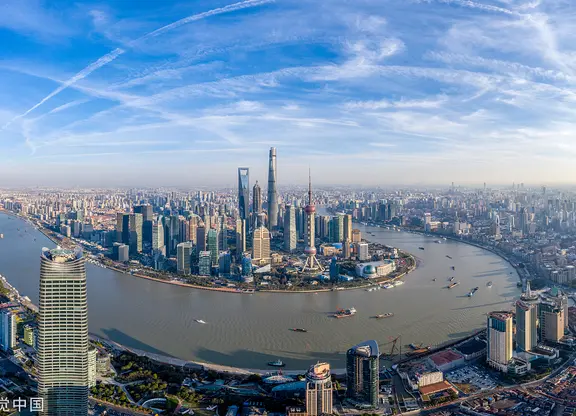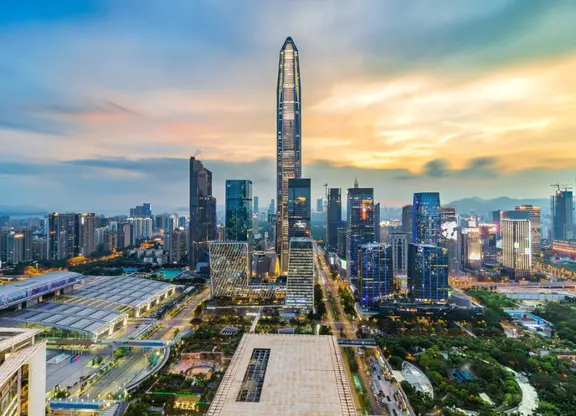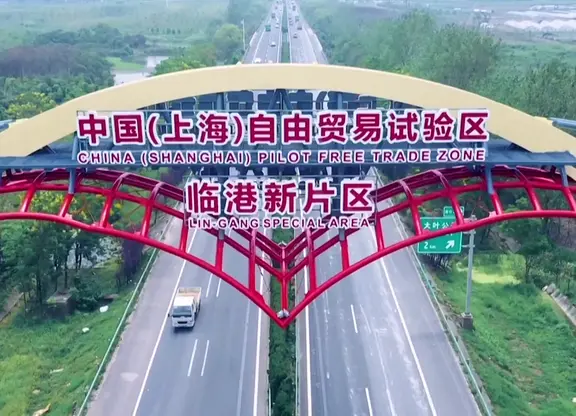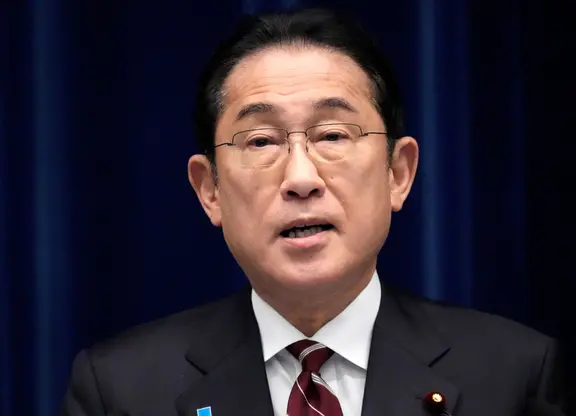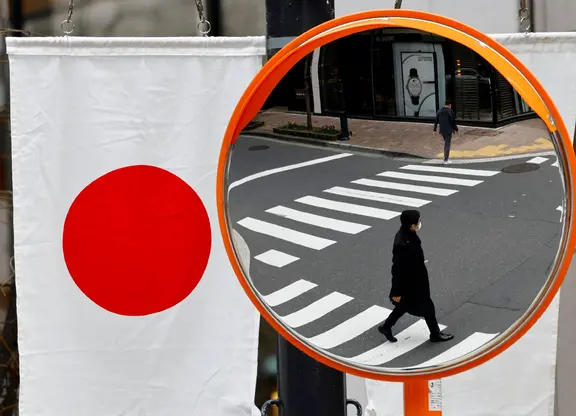East China's Anhui Province recently received 4 million yuan (648,824 U.S.dollars) in compensation for river pollution that was sourced to neighboring Henan Province.
Henan paid the compensation three months after polluted water spread downstream from the Huiji River in Henan to the city of Bozhou in Anhui, downgrading the water quality to the worst level and killing tens of thousands of fish.
"Trans-provincial water pollution is a complicated issue. More efforts need to be made to deal with the pollution and address the complaints of those affected. Compensation is far from enough," said Su Mingsheng, deputy head of Bozhou's environmental protection bureau.
The precise source of the pollution has not been identified, raising concerns that similar incidents could occur again.
The basins of the country's largest rivers traverse multiple administrative regions, making it difficult to pinpoint sources of pollution.
Eight provinces have established trans-provincial environmental compensation rules thus far. However, local protectionism and uncertainties regarding environmental and economic benefits have prevented the creation of a state-level trans-provincial compensation mechanism.
Water pollution cases are frequently reported across the country, especially in the industrial eastern and coastal regions.
Recent incidents, including the discovery of thousands of pig corpses floating from the city of Jiaxing in east China's Zhejiang Province to the city of Shanghai, as well as a leakage of aniline in Shanxi Province that affected drinking water in neighboring Hebei Province, have prompted concerns about China's water pollution.
"Rules for tackling pollution issues within a given jurisdiction have been a roadblock when trans-regional pollution occurs," said Xu Xuhai, deputy chief of Anhui's provincial environmental supervisory bureau.
Xu said regions that share the same river may reach agreements on trans-regional pollution. However, the Law on Prevention and Control of Water Pollution has no specific binding provisions in this regard.
**Mutual compensation mechanism **
Wang Jiaquan, director of the Anhui Provincial Ecological Engineering Technology Institution, suggested creating a pollution management plan that targets individual watersheds.
Such a plan was put into place on a trial basis on the Xin'an River in 2012. The river, which originates in the city of Huangshan in Anhui, runs into Qiandao Lake in Zhejiang. The lake is the main source of drinking water for Zhejiang and acts as a strategic reserve reservoir for the Yangtze River Delta.
According to an agreement between the two provinces, Anhui must compensate Zhejiang if excessive pollutants are detected downstream. However, downstream cities in Zhejiang must compensate Anhui if their water quality is greater than required.
Huangshan and other cities in Anhui have subsequently been reluctant to allow industrial development to take place, as they do not wish to see the Xin'an River become polluted.
Lu Haining, environmental protection chief of Huangshan, said the plan has helped improve the watershed's environment.
The mutual compensation mechanism will not only ensure water quality in downstream areas, but also ease a scarcity of capital in Anhui and alleviate the contradiction between economic development and environmental protection.
Lu said the compensation mechanism has some limitations.
"The compensation should not only be directed at pollution treatment costs. It should also cover the cost of the development opportunities lost (by Anhui) in the process of protecting the environment," Lu said.
Lu said there is no state-level legal documentation or support system for the mechanism.
"But the trial has been successful for the past year. More time is required in order to learn from the trial," Lu said.
The Chinese government plans to allocate 500 billion yuan for the prevention and control of water pollution in major drainage areas from 2011 to 2015, up from 300 billion yuan for the previous five-year period, according to a 2011-2015 guideline on fighting water pollution that was released last year.
The government's focus has shifted to more elaborate methods of water management, as well as coordinated prevention and control efforts, according to the guideline.
 简体中文
简体中文







